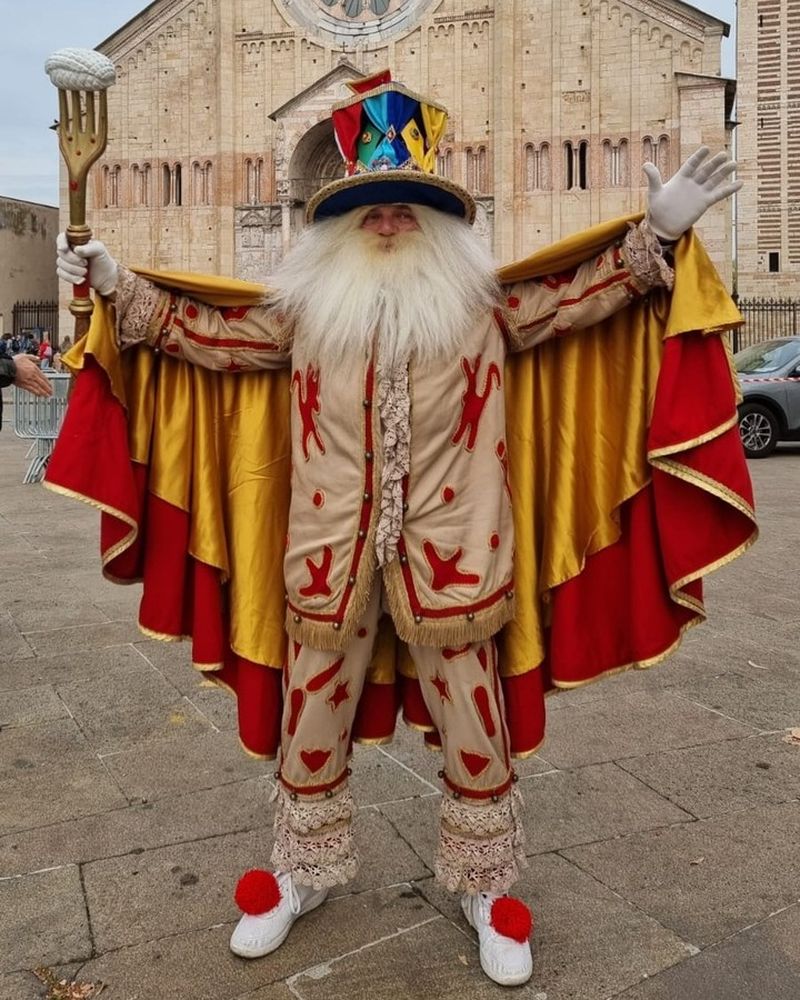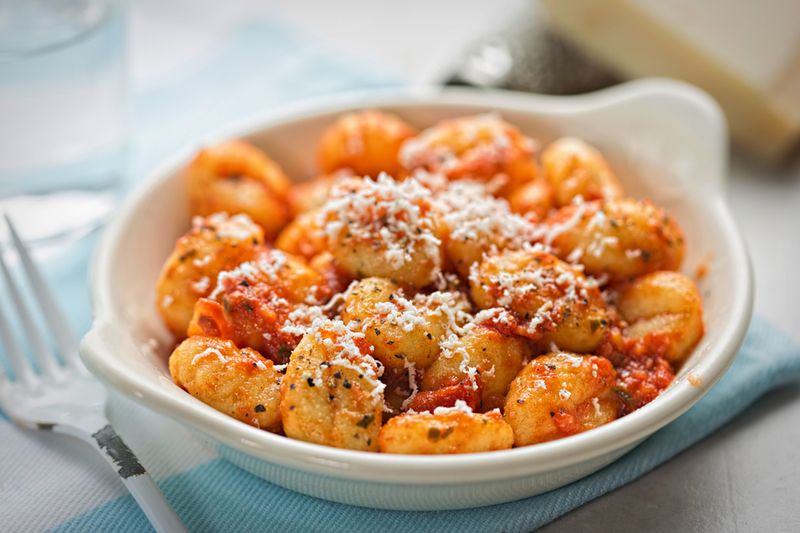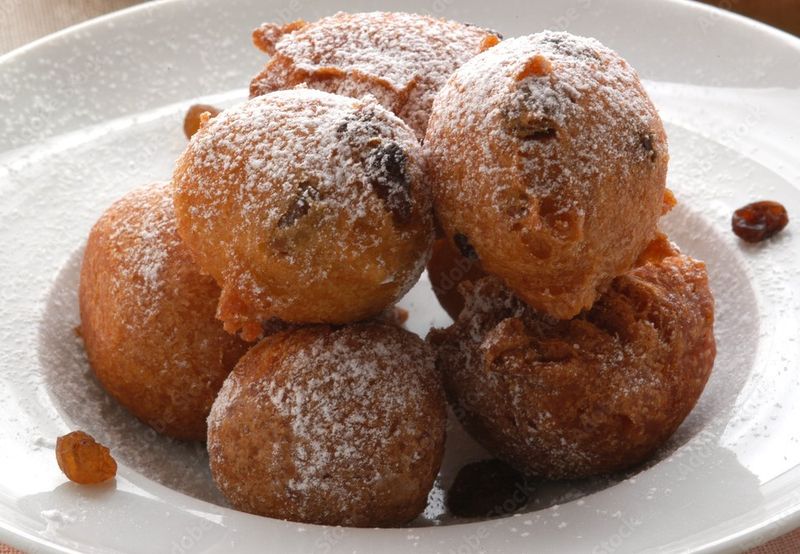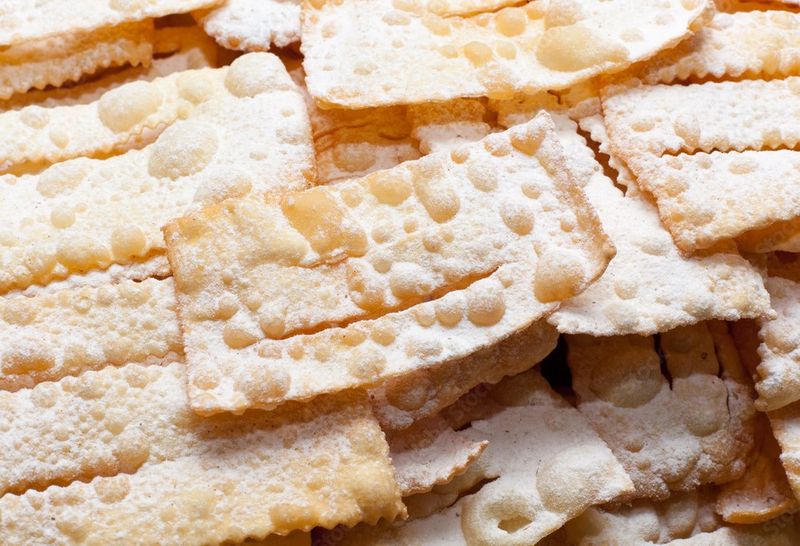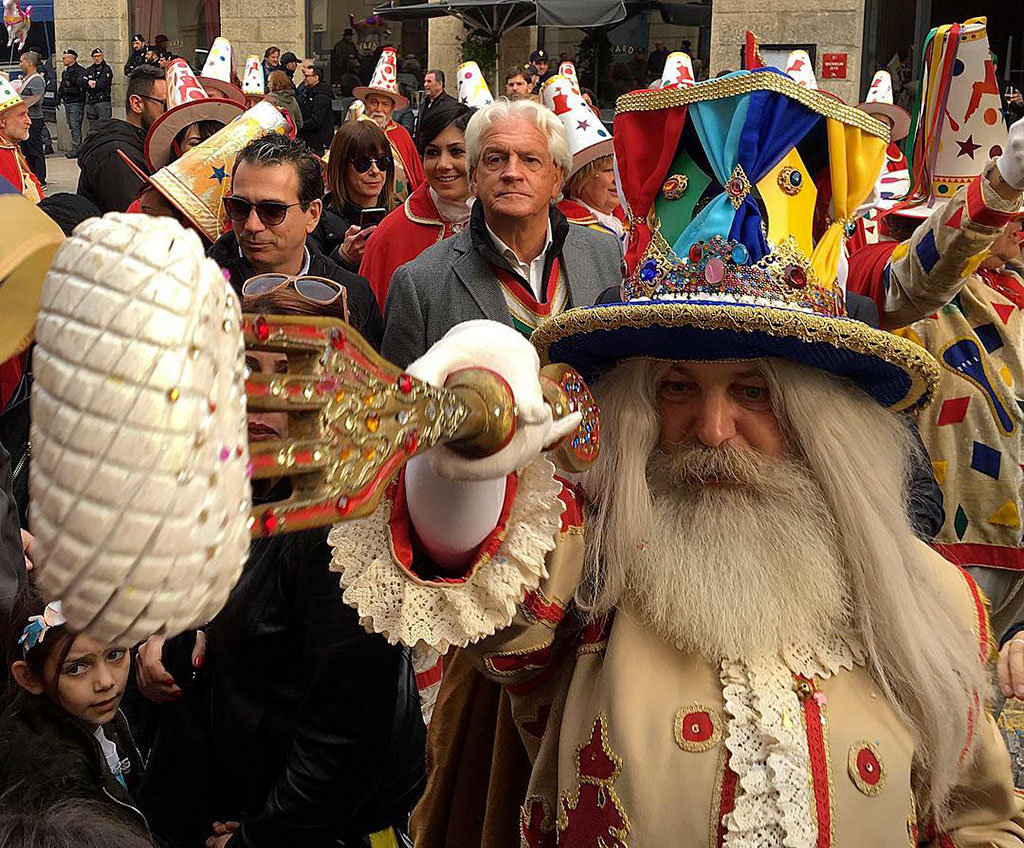
February, and more precisely the week before the start of Lent, is the month in which the Carnival celebrations culminate in Verona. It is a real Bacchanal (the “Bacanàl del Gnoco“), that is, a wild parade in which all social conventions are subverted, accompanied by the distribution of food to the population. It is one of the oldest carnivals in Europe, in fact the origins of this tradition date back to the late Middle Ages, and this year the 494th edition is celebrated.
This Veronese custom presumably originates from a historical event: in 1531, a year characterized by devastating floods, invasions and famine, the people attacked the bakers, and some of the wealthiest people in the city quelled the revolt of the hungry poor by offering basic necessities , including gnocchi. These events particularly affected the San Zeno district, where a stone table (“pietra del Gnoco”) still exists, where food was distributed to the poor. This is still the fulcrum of the Veronese Carnival, which reaches its peak on the last Friday before Lent, the “Vènardi Gnocolàr“, precisely in memory of that Friday of revolts in 1531.
Among those who gave the people the resources to feed themselves and who passed down this tradition by mentioning it in his will, there was Tommaso Da Vico, legendary founder of the Veronese Carnival, recalled every year by the famous figure of the Papà del Gnoco (literally “Father of the dumpling”). This is the main mask of the Verona Carnival which is represented by an elderly, ruddy man with a long white beard. He is dressed in a hazelnut brocade dress, an extravagant headdress with bells, a red cloak, white gloves and carries as a scepter a large golden fork on which is skewered… an enormous potato dumpling! The Papà del Gnoco is elected every year among the inhabitants of Verona, following a very heated electoral campaign during which the candidates implement their no-holds-barred strategy. The prize for the winner? A generous portion of gnocchi, of course!
For centuries, in accordance with the alternation of historical events, on the day of Vènardi Gnocolàr the Veroneses paraded along a route of approximately 7 km through the streets of the city following the Papà del Gnoco and his court, in a festive procession which with the time has also included allegorical floats (every year it is a real competition between the districts to create the most beautiful one!) and local and international folk groups. But the activity of the masks is not limited to just one day of celebration, it also takes place in the preceding and following months, with parades in the province’s carnivals, participation in charity events and visits to hospitals, schools and hospices.
Not just gnocchi for Carnival
We know that every self-respecting celebration is linked to local delicacies, which help make these moments even more memorable. The carnival dish par excellence in Verona is obviously gnocchi, which for us Veronese people are not just a dish or a recipe, but a symbol of abundance, of returning to well-being and of sharing with others. The origin of this specialty dates back to the Middle Ages, when it was a very common dish which consisted of a very simple mixture of flour and water, seasoned with butter and cheese. Over the years, thanks to growing prosperity, eggs were added to the original recipe and, after the discovery of America, also mashed potatoes. The most common condiments to accompany gnocchi are: tomato sauce, melted butter and sage, gorgonzola cheese or pastissada de caval, the traditional horse meat stew typical of Veronese cuisine (this topic would deserve an in-depth study on its own, perhaps in a future item!).
A legacy deriving from Venetian domination, but benevolently welcomed and incorporated into the Veronese carnival tradition, is the frittella. The frittella was born in the Republic of Venice around 1300 and spread as a symbol of Carnival throughout the Veneto region, including, obviously, the city of Romeo and Juliet. The traditional Venetian frittella is prepared with the following ingredients: eggs, flour, milk, raisin, pine nuts and sugar, all expertly mixed and fried in plenty of boiling oil. On the palate these delicacies will be fragrant on the outside and very soft and melting on the inside. Over time the recipe has changed to meet the tastes of very different palates; therefore, now you can easily find it filled with custard, apples, chocolate and… so on and so forth!
Another typical dessert of the Veronese Carnival is galani or sossole, also known in other Italian regions by the names of chiacchere, crostoli, cenci, frappe… and many other names depending on the area. These are strips created from a simple dough composed of flour, eggs, sugar, butter and a little liqueur, fried and sprinkled with sugar. The result is a crunchy and very crumbly dessert. It will be difficult to stop at the first taste!
This year Vènardi Gnocolàr falls on February 9th and, if you are in the area, it is truly an event not to be missed to fully enjoy the Veronese spirit! And to stay in the right spirit, why not combine it with a nice tasting of local wines? Check availability on our website and leave with us!


